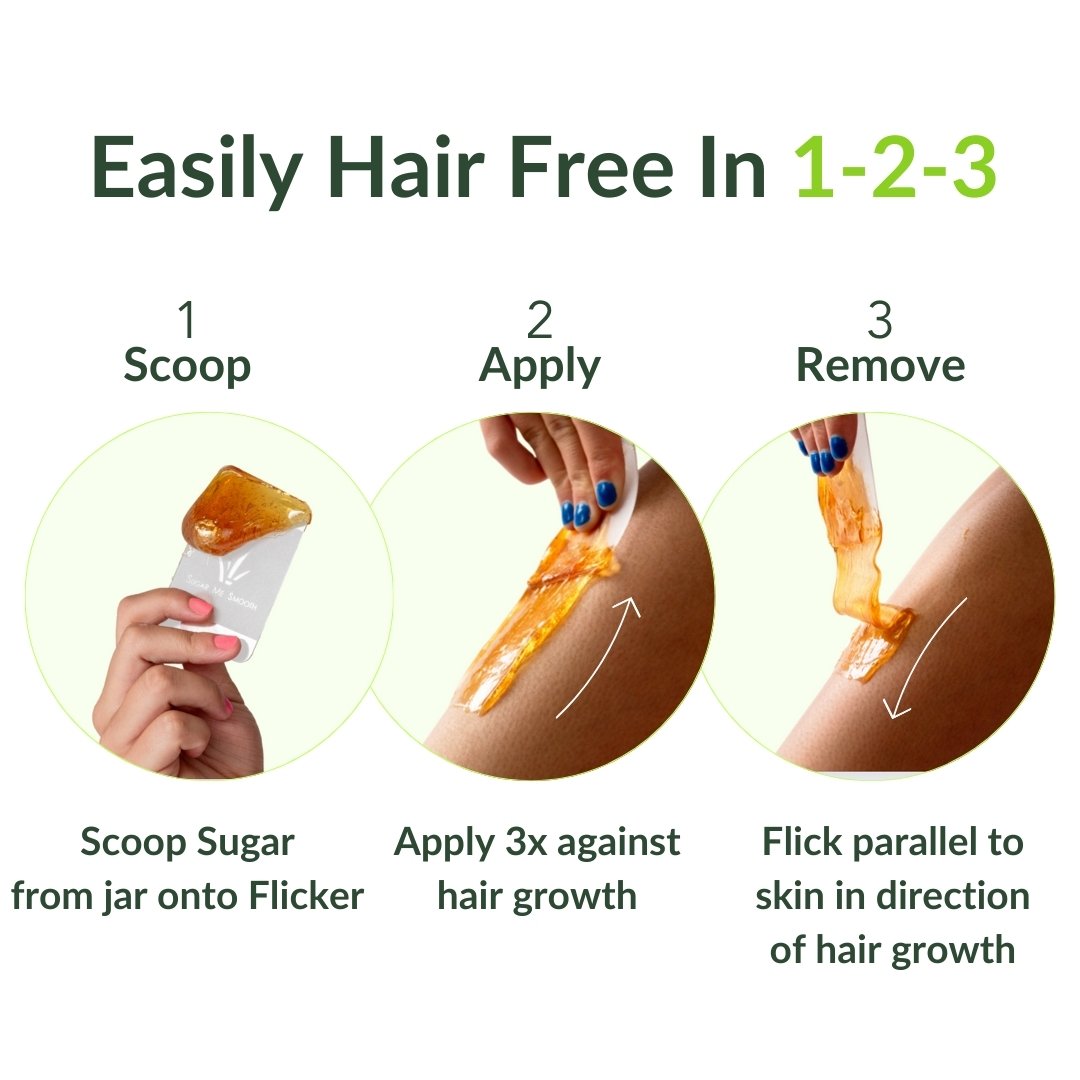Blog Article
Understanding the Art of Waxing: Crucial Tips for a Painless Hair Removal Experience
In the realm of individual pet grooming, understanding the art of shaving is a skill that can significantly enhance one's hair removal experience. From pre-waxing prep work to selecting the ideal wax and grasping proper waxing methods, the journey to a pain-free shaving experience is paved with expertise and knowledge.
Pre-Waxing Preparation
Before going through a waxing session, it is essential to properly prepare your skin to decrease discomfort and accomplish optimal hair removal results. Avoid hydrating on the day of your waxing session as it can create a barrier in between the wax and your hair, leading to much less successful results.
Moreover, it is vital to clean your skin extensively before waxing to remove any type of oils, lotions, or dust that might hinder the wax's ability to grip the hair. This step not only improves the effectiveness of the waxing procedure yet likewise assists decrease the danger of post-waxing outbreaks - Laser Hair Removal. By adhering to these pre-waxing preparation steps, you can guarantee a smoother and a lot more comfy hair removal experience

Selecting the Right Wax
Picking the ideal kind of wax is necessary for guaranteeing a successful and comfy hair removal process. There are a number of kinds of waxes readily available, each satisfying various skin types and hair appearances. The two primary categories of wax are hard wax and soft wax. Difficult wax appropriates for delicate areas like the face, underarms, and swimwear line as it adheres just to the hair, making it less agonizing for these delicate areas. On the various other hand, soft wax is suitable for larger locations like legs and arms as it is used very finely and removed with cloth strips.
When picking a wax, consider your skin level of sensitivity, hair thickness, and the location you prepare to wax. For those with delicate skin, hypoallergenic waxes with included calming agents like chamomile or aloe vera can help reduce irritation. Rugged hair may need a wax particularly developed for strong hair removal. Additionally, if you are new to waxing, it might be advantageous to begin with a mild formula to evaluate your skin's response prior to trying a lot more powerful options. Consulting with an expert esthetician can additionally give valuable understanding into the ideal wax for your individual requirements.
Appropriate Waxing Technique
To start, it is essential to cleanse the skin completely before using the wax. Furthermore, constantly ensure that the wax is warmed to the right temperature to stay clear of burns or inefficient hair elimination. Applying the wax in the direction of hair development and eliminating it versus the hair growth assists to make sure that the hair is pulled from the root, resulting in smoother and longer-lasting outcomes.
Moreover, making use of little sections of wax at once and pressing strongly on the wax strip before elimination can assist boost the effectiveness of the procedure. Last but not least, keep in mind to apply gentle stress on the skin after waxing to soothe any kind of discomfort and minimize redness. By following these proper waxing techniques, you can attain a more pleasant and successful hair removal experience.
Aftercare Tips

After waxing, it's important to maintain the waxed location clean and cost-free from irritants. Scrubing the skin 2-3 times a week, starting a few days after waxing, can additionally help in avoiding in-grown hairs and keeping the skin smooth.
Additionally, it's suggested to abstain from tasks that might trigger extreme sweating, such as extreme workouts, promptly after waxing to avoid additional irritability. Applying a chilly compress or aloe vera gel can assist decrease swelling if any redness or bumps linger after waxing. get redirected here Following these aftercare pointers carefully can ensure a comfy and effective waxing experience with resilient results

Troubleshooting Common Issues
Attending to usual problems that may arise throughout the shaving process is vital to making certain a smooth and effective hair elimination experience. One usual trouble is skin inflammation, which can occur due to sensitive skin or inappropriate shaving strategies. To alleviate this, using a soothing cream including aloe vera or chamomile post-waxing can help calm the skin. One more problem is in-grown hairs, where hair curls back or grows sideways right into the skin after waxing. Regular peeling with a gentle scrub can prevent ingrown hairs by eliminating dead skin cells and allowing hair to expand openly. In addition, if you experience bruising or inflammation after waxing, applying a chilly compress can reduce swelling and soothe the skin. Finally, if you see irregular hair elimination or patches of missed hair, consider adjusting your shaving strategy or looking for specialist assistance for more intricate areas. By resolving these usual waxing concerns proactively, click over here now you can boost the total effectiveness and convenience of your hair elimination regimen.
Conclusion
In conclusion, mastering the art of waxing needs appropriate prep work, picking the appropriate wax, utilizing the correct technique, and adhering to aftercare suggestions. With technique and read more focus to detail, waxing can be an effective hair removal approach.
Furthermore, it is vital to cleanse your skin completely prior to waxing to get rid of any type of oils, creams, or dust that can conflict with the wax's capability to grip the hair. The 2 main groups of wax are hard wax and soft wax.When choosing a wax, consider your skin sensitivity, hair thickness, and the location you plan to wax.In addition, making use of small sections of wax at a time and pressing firmly on the wax strip before elimination can assist boost the effectiveness of the process. After waxing, it's important to maintain the waxed area totally free and tidy from toxic irritants.
Report this page






































